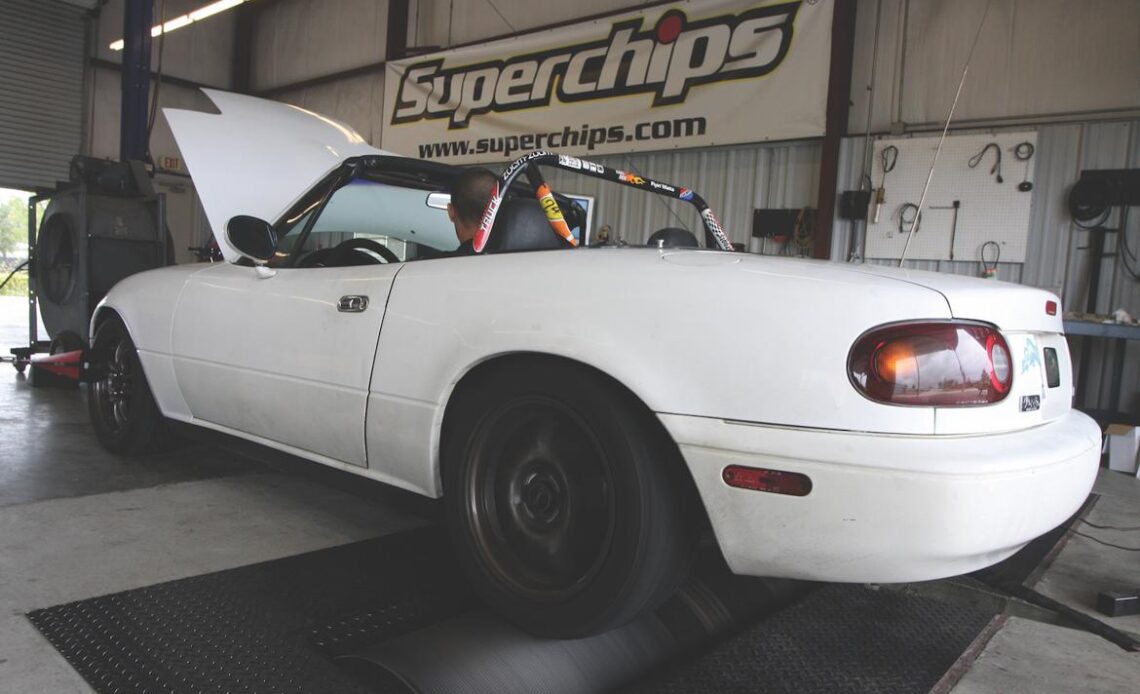[Editor’s note: This article originally appeared in the February 2013 issue.]
All car enthusiasts worth their salt can recognize the difference between a fuel-injected and a carbureted engine. Slightly wiser ones can identify throttle body injection, port injection and direct injection—as well as the merits of each piece of technology.
Even more esoteric knowledge concerns those round electronic devices themselves. Fuel injectors have been around for decades, so it stands to reason that they, like everything else, have improved over time. Occasionally you’ll find a guy on a forum somewhere talking about putting newer Ford Mustang injectors in an E30-chassis BMW, for example.
He’s not doing it for pony-car cachet; he’s doing it because the later injectors are better. It’s not even about flow rate. It’s about smaller nozzles, better atomization, and improved volumetric efficiency.
Fuel works best when it’s evenly dispersed within the air it consumes when it burns. That means a finer spray and smaller droplets are the ultimate goal when getting fuel into an engine. Fuel injectors were a big leap forward in that process, but the first port-injected cars are now very out of date. Their injectors force fuel through a single nozzle, one that isn’t as precisely cut as later offerings.
Injectors in today’s engines—we’ll leave direct injection out of this equation—can have as many as a dozen of these miniscule nozzles, and some are even vectored to aim the fuel directly at intake valves.
Is this just theory, or can measurable gains be found with more recent equipment? A little while back, we tried this swap on a 1999 Ford Escort ZX2. Upgrading to more modern injectors from a Ford Windstar minivan boosted fuel economy by more than 5 percent.
Really? We figured we’d try the test once more—this time using a 1991 Mazda Miata—and monitor the differences on a chassis dyno.
…
Click Here to Read the Full Original Article at Grassroots Motorsports Online Articles…

